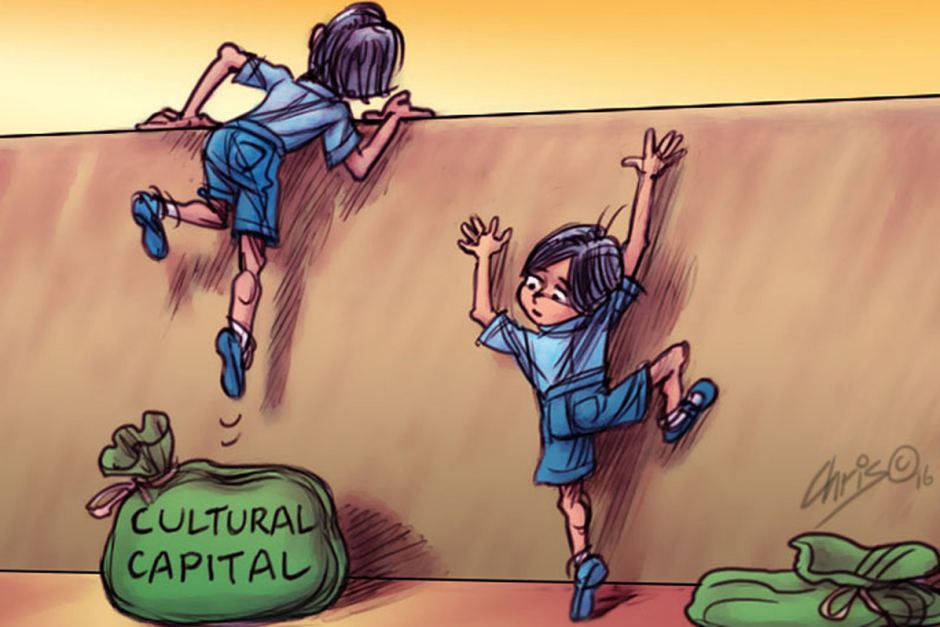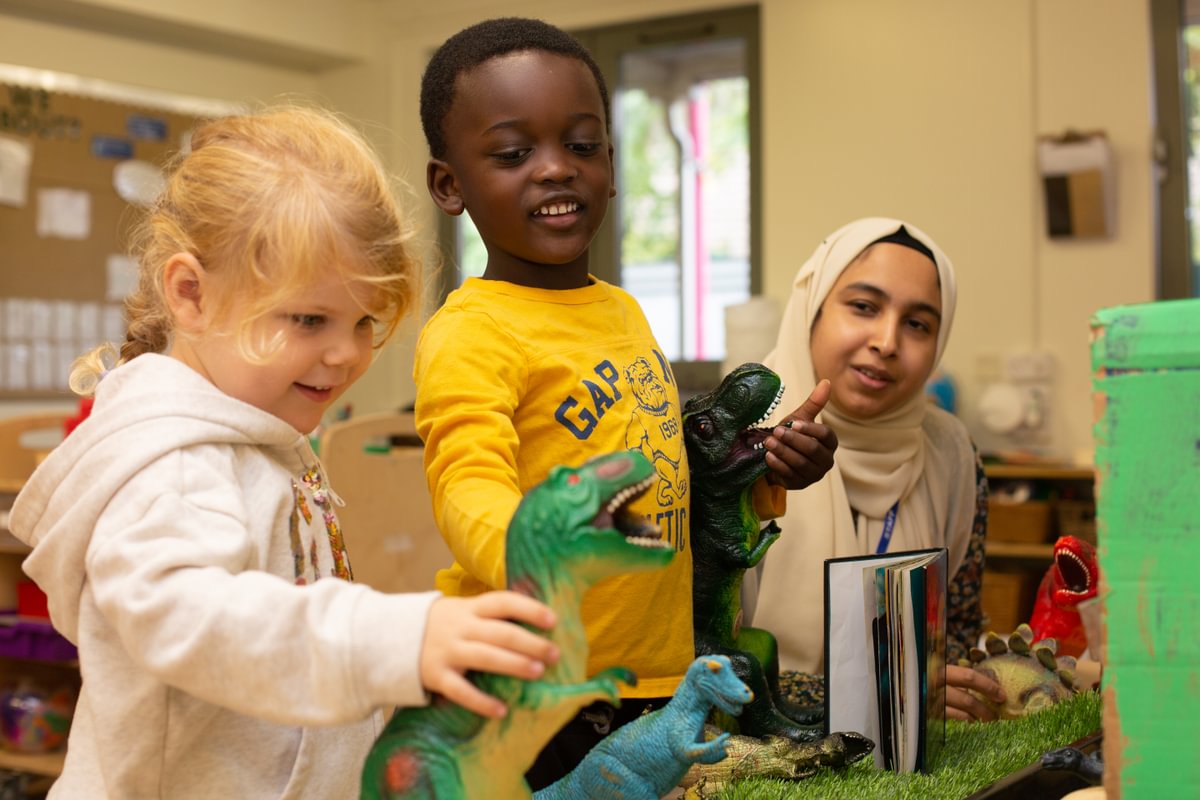From Generation to Generation: In Conversation with Professor Norma Raynes
About ten years ago I discovered the work of Robert Putnam and the idea of social capital. In simple terms, he was talking about the power of networks and how we form them to benefit ourselves and each other. It led me to consider how we work with people of different ages and communities and the benefits that could come from that.
The idea of the multi-generational approach built slowly in my brain and I began to find support from organisations like Timebank, the Gulbenkian Trust, Ready Generations and Generation Success. I was interested to see how so many older people were keen to coach and mentor younger staff. I saw the benefit of connecting with local community events like the Southwest Fest or remaking the film, Passport to Pimlico with Groundwork. I learned about nurseries being build next to homes for the elderly in France and the USA. In fact, I went to visit one in the 19th arrondissement of Paris. It seemed a beautiful way for us to support children and live peaceably and happily among the diverse and changing communities of our modern world.
I remember when this idea really hit me. It was more than ten years ago when I was looking out of the nursery window in a quiet corner of London and the sense of isolation and loneliness struck me forcibly. I saw the opportunity for nurseries to become community catalyst to connect people and one way to do this was to think kindly. We developed this into the LEYF multi-generational approach, the seventh strand of our LEYF Pedagogy. This is underpinned by the values of extending the hand of friendship, building harmonious relationships and showing kindness to the many different communities and people living all around us. We believe that this a foundation stone of teaching children about sociability and social functioning.
Change takes a while, especially in busy nurseries, but I knew the staff had signed up when one team told me what they were doing whilst their nursery was being refurbished and had limited use of the garden. They started doing more daily walks and noticed that on one street, older people started to look out for them and came out and to say hello. The staff picked up on this and built this street into their daily walk with the children stopping and chatting and then inviting the people to visit the nursery. The loneliness faced by many people who may go for weeks at a time without having a meaningful chat with anyone really hit home. Since then, we have a raft of examples and when I talk about them, this inspires other nursery settings to have their own life bulb moments.
As Early Years teachers we have a duty to help our children find their place in their local community and learn to live as part of a wider and diverse community. Connecting the history of the neighbourhood with its newest and youngest members helps build a meaningful network, especially in fast changing towns and cities across the world. The nursery is a catalyst for this community engagement, mainly built on acts of kindness.
It was when I was talking at a conference about this very subject that I met Professor Norma Raynes. She is a lively, impassioned speaker who asked the question – why do we exclude the old from nurseries and school? Does their experience, knowledge and understanding count for nothing? She told of the organisation she founded to address this very pertinent issue. The organisation is, of course, FromGeneration2Generation. I was completely sold and invited her to speak at LEYF’s annual Margaret Horn Debate. The audience loved her feisty rationale. I vowed we would have a conversation. So, here it is. Enjoy and connect!


